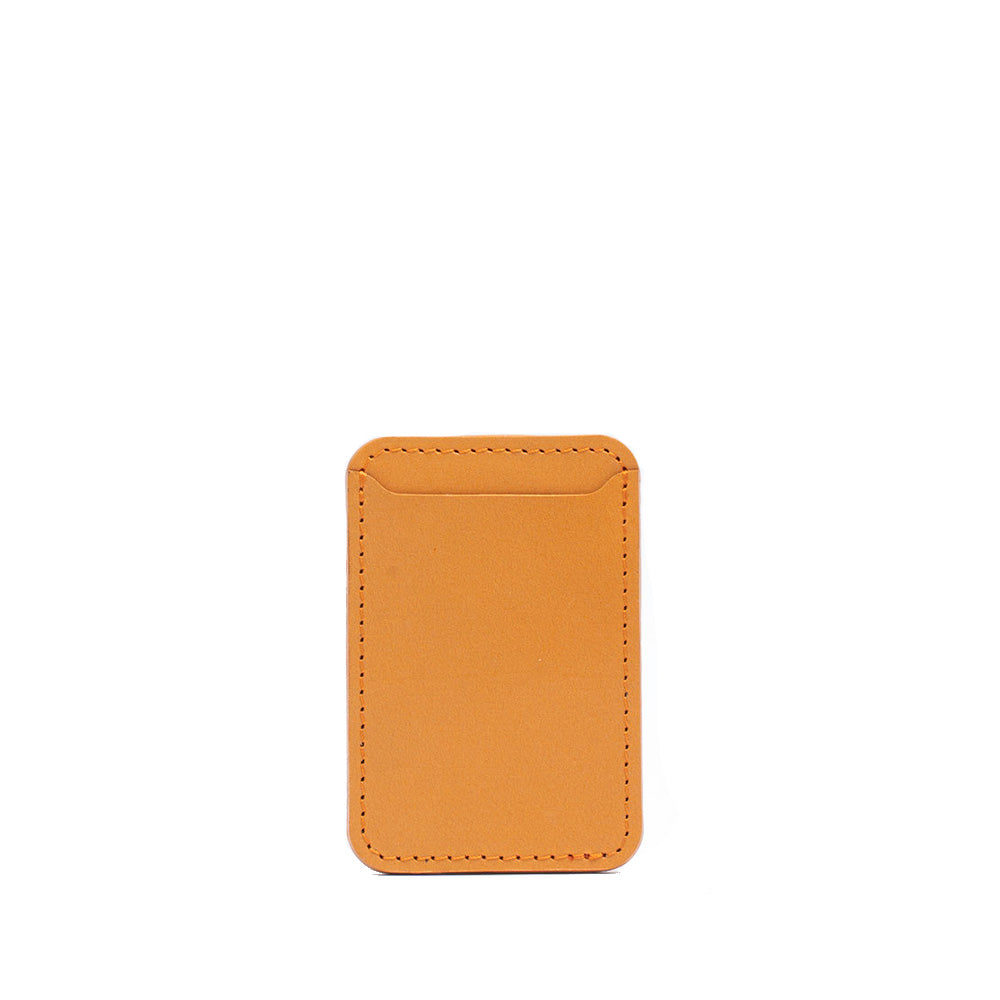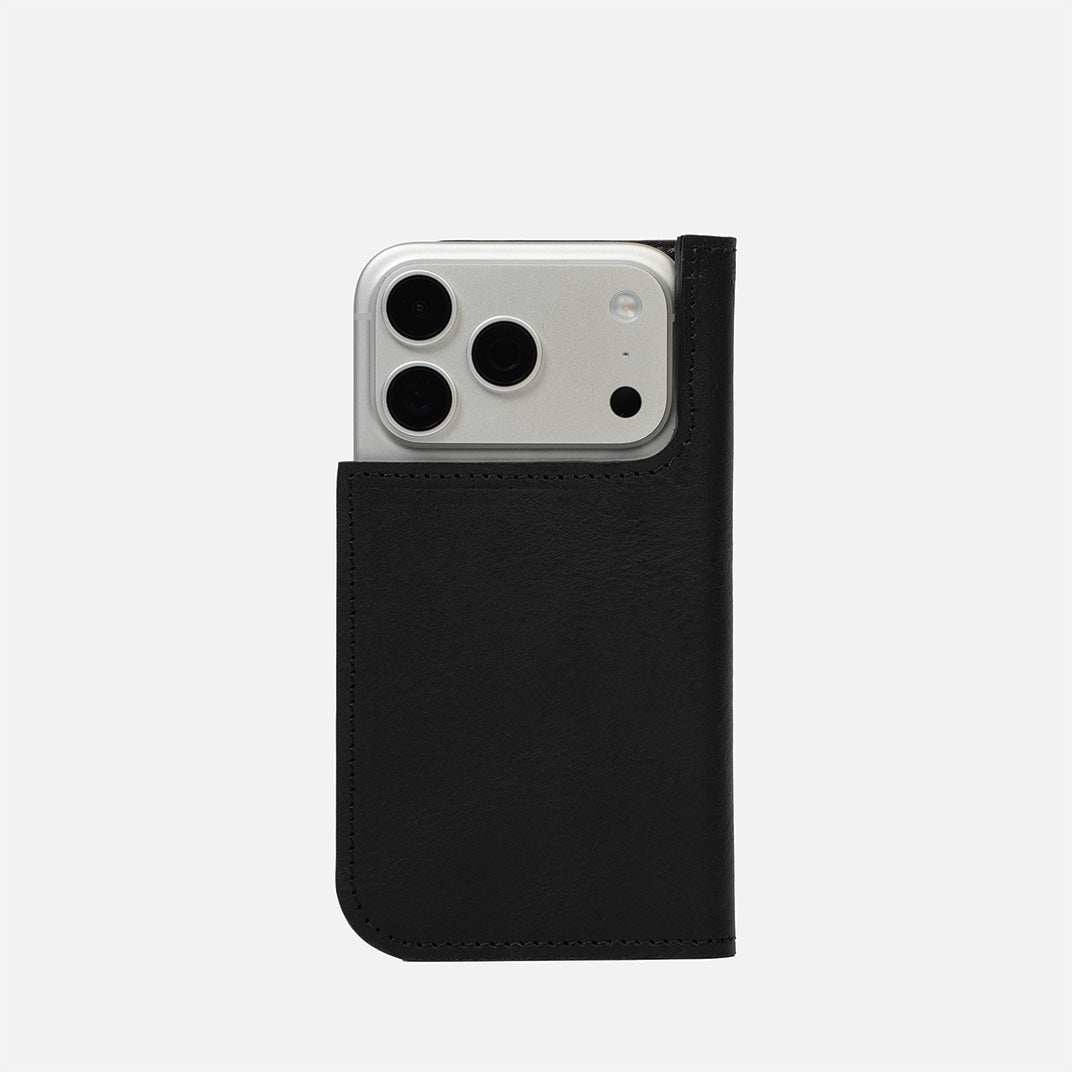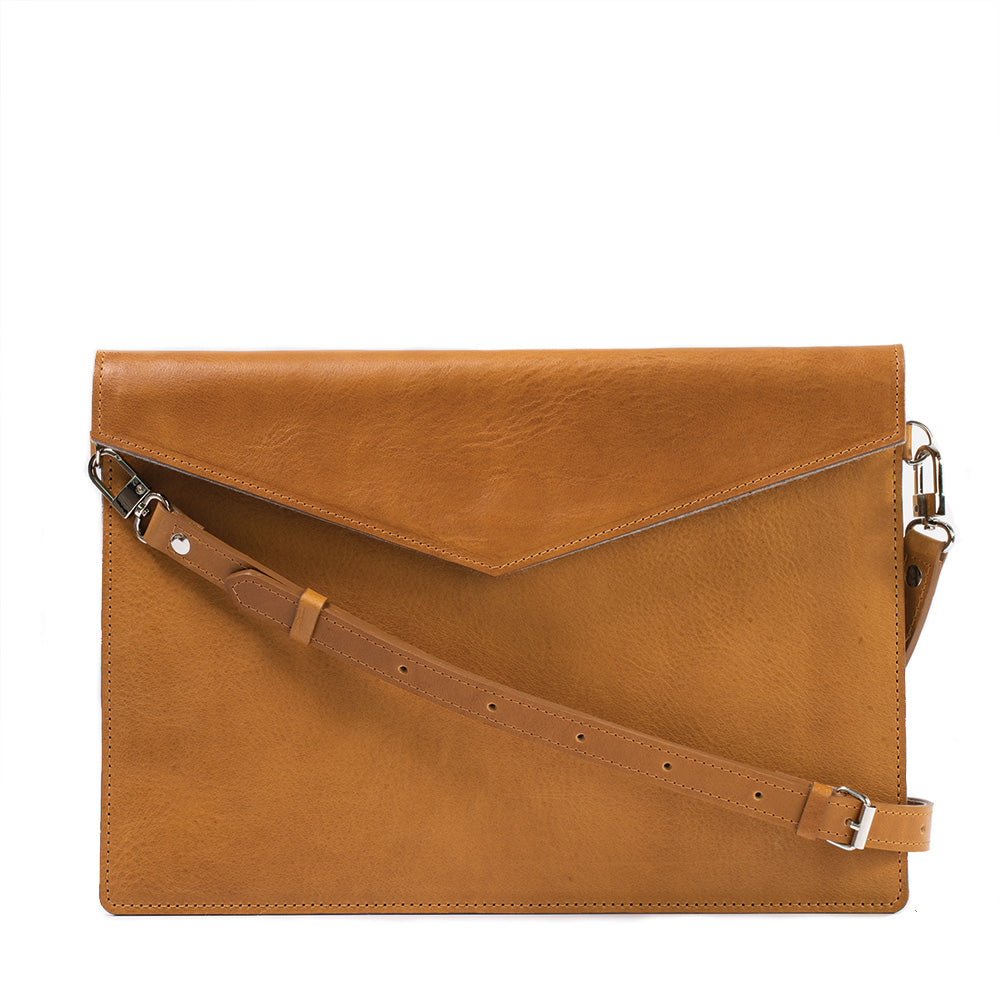Reported Battery Life Under Various Scenarios
Apple reports that the iPad Pro M4 can deliver up to 10 hours of battery life when browsing the web or watching videos over Wi-Fi. This duration is a standard expectation for iPads, aimed at accommodating a full day's work or entertainment without needing a recharge. For more intensive uses, such as graphic design or video editing applications, battery life can vary. Streaming services and higher screen brightness settings are known to consume more power, potentially reducing these figures.
Factors Influencing Battery Performance: Several factors can affect the battery life of the iPad Pro M4, and understanding these can help users optimize their device’s performance:
- Screen Brightness:
The display is one of the most significant power consumers on any device. Higher brightness levels require more energy, which can reduce battery life. The iPad Pro M4's Ultra Retina XDR display, while stunning, can be a considerable drain if used at maximum brightness for extended periods. - App Activity:
Different applications have varying demands on the device’s battery. Apps that require significant processing power, such as video editing software, 3D games, or advanced graphics tools, will drain the battery much faster than simpler tasks like reading or note-taking. - Background Processes:
Apps running in the background, such as music streaming, location services, or continual email syncing, also affect battery longevity. Managing these background tasks effectively through settings can help conserve battery life. - Device Settings:
Features like Bluetooth, Wi-Fi, and cellular data, when left on continuously, can also deplete battery reserves faster. Similarly, the ProMotion technology, which adapts the screen refresh rate up to 120Hz, can impact battery consumption depending on the content being viewed.
Charging Methods and Supported Chargers
The iPad Pro M4 comes equipped with a USB-C port, which represents a significant shift towards universal charging standards in Apple's product lineup. This port supports fast charging, which is a substantial benefit for users who need quick power replenishment. To take full advantage of this feature, users can use a 20W USB-C power adapter or higher, which is available from Apple and other third-party manufacturers. This adapter enables the iPad Pro M4 to charge more rapidly compared to older models with lower wattage chargers.
The device also supports third-party USB-C chargers that meet or exceed its power requirements. This compatibility with a broader range of chargers offers users more flexibility and convenience, especially when traveling or in need of a quick charge away from their usual charging setup.
How Fast Charging Works with the iPad Pro M4
The iPad Pro M4 supports fast charging via its USB-C port, which can handle higher power inputs than previous models with traditional Lightning connectors.
For the fastest charging experience, Apple recommends using a USB-C charger that delivers 20 watts or more. Specifically, using a 30W or higher USB-C power adapter will maximize the fast charging capabilities of the iPad Pro M4. With these adapters, the device can charge up to 50% in just around 30 minutes, offering a quick turnaround that is ideal for busy professionals and power users.
While Apple provides its own branded USB-C chargers, the iPad Pro M4 is also compatible with third-party chargers that support USB Power Delivery (USB-PD), a universal charging standard. This means users can choose from a wide range of available products to suit their needs and preferences, whether they are looking for something more affordable or a charger with additional features.
It's important to note that the total time to achieve a full charge can vary based on several factors, including the starting battery level, system activity, and the external power source. However, under optimal conditions, a full charge from nearly empty typically takes around 2 hours with a 30W or higher charger. This fast charging capability ensures that the iPad Pro M4 is ready to perform whenever needed, minimizing downtime and keeping users productive and connected.
Tips on Maintaining Battery Health
Maintaining the health of the iPad Pro M4 battery is crucial for ensuring that it continues to perform optimally throughout its lifespan. Here are some effective strategies to help preserve battery health:
- Avoid Extreme Temperatures:
Try to use and store your iPad Pro M4 in environments where the temperature is between 62° to 72° F (16° to 22° C). Extreme heat can permanently damage battery capacity, and cold temperatures can cause temporary battery life decreases. - Update to the Latest Software:
Apple frequently optimizes battery performance through software updates. Keeping your iPad Pro M4 updated can ensure you benefit from these improvements and maintain efficient battery usage. - Optimize Settings:
Features like brightness and background app refresh can drain battery life. Adjust your display brightness to a lower but comfortable level and disable background app refresh for apps that don't need constant updates.
Best Practices for Charging and Discharging
Proper charging and discharging practices can also help extend the battery life of your iPad Pro M4:
- Partial Discharges vs. Full Discharges:
It's often better to avoid letting your battery fully discharge to 0%. Instead, try to charge your iPad Pro M4 when it reaches around 20-40%. Similarly, it's not necessary to charge up to 100% every time; charging up to 80-90% can be beneficial. - Use Compatible Chargers:
Using a compatible and certified charger ensures your battery is charged safely and efficiently. Apple-certified chargers and cables meet specific safety and performance standards, reducing the risk of damage. - Calibrate the Battery:
Although not required frequently, calibrating the battery every few months can help maintain accurate battery life indicators. To calibrate, let the battery drain fully until the iPad turns off, then charge it uninterrupted to 100%.
Practical Tips for Managing Battery Life Daily
To maximize the battery life of your iPad Pro M4 on a daily basis, consider implementing these practical tips:
- Adjust Screen Brightness:
One of the simplest ways to conserve battery is to reduce the screen brightness. Use the Auto-Brightness feature, which automatically adjusts the screen brightness based on ambient lighting conditions, or manually lower it to a comfortable level. - Enable Low Power Mode:
While traditionally used on iPhones, if you're using your iPad Pro M4 extensively and need to save battery, consider enabling Low Power Mode through the settings. This mode reduces background activity and power consumption. - Manage Location Services:
Location services can drain battery life when used extensively. Manage these by going to Settings > Privacy > Location Services and enable location access only for essential apps. - Limit Background App Refresh:
This feature allows apps to update content when on Wi-Fi or cellular in the background. To save battery, go to Settings > General > Background App Refresh and select 'Wi-Fi', 'Off', or just enable it for critical apps.
Settings and Adjustments to Extend Battery Life
Adjusting your device settings can significantly impact battery longevity:
- Wi-Fi over Cellular:
Whenever possible, use Wi-Fi instead of cellular data, as it consumes less battery. Ensure you connect to Wi-Fi in your home or office. - Disable Push Email:
If you don't need real-time updates, adjust your email accounts to fetch data manually or at intervals, rather than using push email, which continuously monitors for new messages. - Optimize Notifications:
Turn off non-essential notifications by going to Settings > Notifications. Choose which apps can send you notifications, as each alert can wake your device and drain battery life. - Watch Out for Energy-Draining Apps:
Monitor battery usage in Settings > Battery to see which apps are consuming the most power. Consider limiting use of these apps if they are not necessary.
Comparison with Previous Models
The iPad Pro M4 builds upon the foundations set by previous models like the iPad Pro M2, with several enhancements in battery life and charging technology. Both the M2 and M4 models are designed to offer up to 10 hours of battery life on a single charge under typical usage conditions, such as browsing the web or watching videos. This consistency in battery life ensures that users can expect a full day's work or entertainment without the need for constant recharging.
However, where the iPad Pro M4 distinguishes itself is in its charging capabilities. The M4 model introduces advancements in fast charging, supported by the more versatile USB-C port, which replaces the older Lightning connector found in previous models. This change not only allows for quicker and more efficient charging but also standardizes the charging process with other modern devices.
Improvements and Advancements
One of the significant improvements in the iPad Pro M4 is the support for higher wattage power adapters, allowing the device to charge up to 50% in just about 30 minutes when using a compatible fast charger. This is a substantial upgrade over the M2, which also supports fast charging but may not achieve the same speed due to its older hardware design.
Additionally, the M4 model enhances the overall energy management with better integration of software and hardware. This optimization helps maintain battery health over longer periods, reducing the capacity loss that typically occurs with regular and intensive use. The M4's battery is also engineered to better handle the demands of more power-intensive applications, thanks to its improved processing power and more efficient use of energy.




